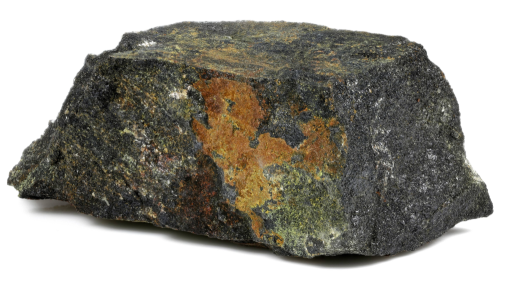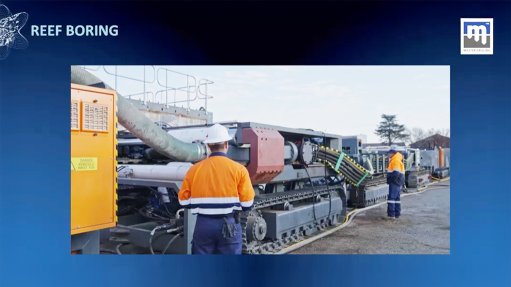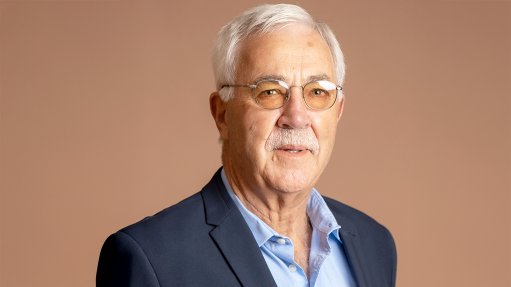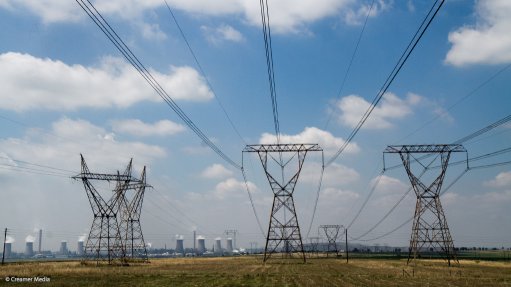Australian opencast mine completes world’s largest blast

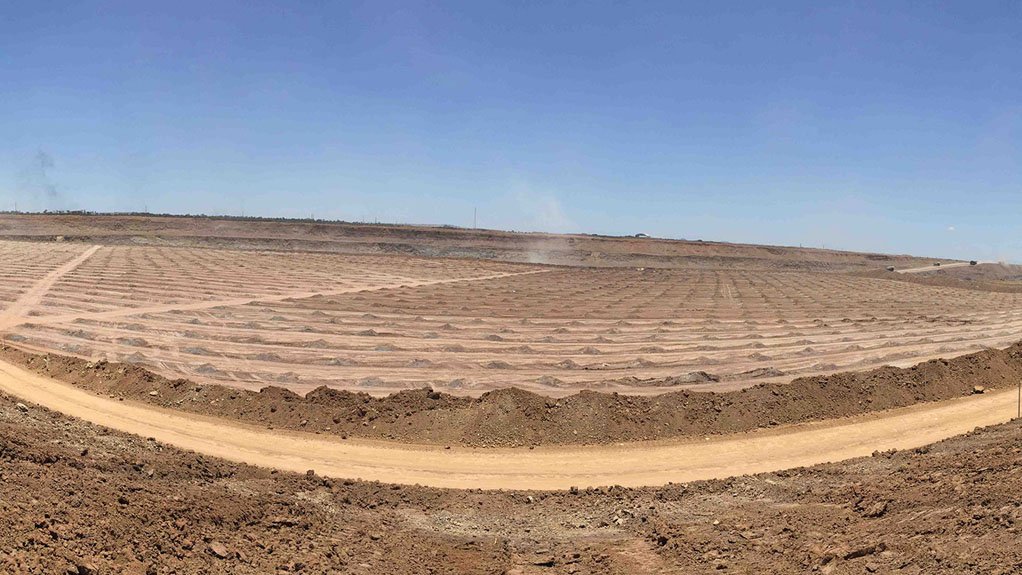
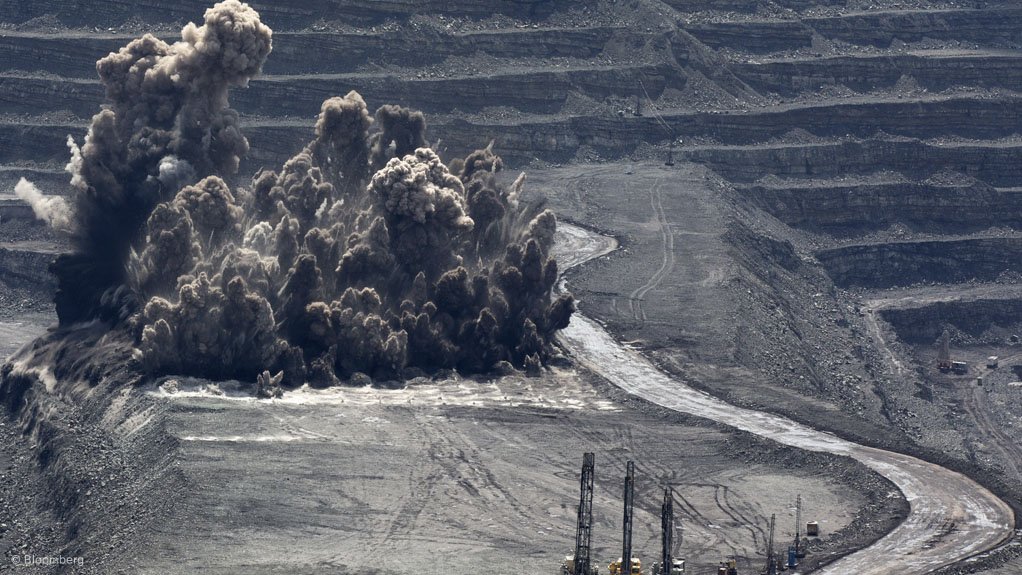
BLAST SETS RECORD The size and success of the blast at Daunia demonstrates the ease of use of the AXXIS system
DIGITAL INITIATION The AXXIS initiation system allows for each detonator to be programmed to fire accurately at predetermined times
Photo by Bloomberg
The Daunia opencut coal mine, in the north-eastern state of Queensland, Australia, broke the world record for the largest-ever electronic detonator blast in December, firing 5 665 detonators in 2 683 blastholes using the South Africa-developed AXXIS digital initiation system from explosives firm BME.
The Daunia opencut coal mine is owned by the BHP Billiton Mitsubishi Alliance, a joint venture between multinational mining company BHP Billiton and multinational automotive manufacturer Mitsubishi.
BME notes that the mine previously set a record for the largest AXXIS-controlled blast last year, when it successfully initiated 4 303 detonators in a single blast to break 2.8-million cubic metres of overburden.
Daunia staff prepared and carried out the record blast using a single initiation point and one master control box. The blast team was initially trained and certified by Australia-based blasting optimisation company Advanced Initiating Systems (AIS), which was supplied by BME. Both companies are subsidiaries of diversified agricultural, mining and chemicals group Omnia Holdings, which is listed on the JSE.
AIS MD Trevor Grant states that using the AXXIS system and electronic detonators enabled the mine to “better control and manage the shock waves and rock movement arising from faulted ground conditions”.
The AXXIS initiation system allows for each detonator to be programmed to fire accurately at predetermined times, which provides high flexibility in the timing designs and, therefore, counters the negative effects of the faulted ground.
If this is not well controlled, faults tend to slide over each other during a blast. Therefore, when using nonelectric detonators, there is a possibility of the product downlines being snapped by this movement of ground before they can be detonated, resulting in a risk of misfires.
“These misfires are eliminated with electronics, as the detonator operates as a standalone entity the instant you push the fire button,” says Grant.
BME technical director Tony Rorke says the size and success of the blast at Daunia demonstrates the ease of use and confidence that the client has in the system, reiterating that very few, if any, other electronic detonator suppliers empower clients to conduct blasts of this magnitude and complexity on their own.
Located in Australia’s largest coalfield – the Bowen basin – the Daunia mine has taken advantage of the benefits of electronic detonation to conduct larger blasts. BME explains that this generates greater operational efficiencies by reducing the number of mine stoppages that must take place every time blasting is conducted.
Advantages of electronic initiation include reliability and accuracy, as well as the broader value of high-quality blasts to an operation’s bottom line.
The AXXIS Digital Initiation System
The AXXIS electronic digital initiation system, developed by BME South Africa, features high accuracy, as well as timing flexibility between detonations, says BME.
The system consists of patented intelligent connectors and advanced loggers to establish connector identification and firing time for each detonator. It also comprises a low-energy tester to quickly identify leakage points or shorts in a detonator network, a blasting box and dedicated software programme.
AXXIS offers two-way communication between the blasting box and detonators for safety purposes during detonator logging. For added safety, Rorke notes, there is no direct electric current and powering up of the detonators during detonator logging.
BME points out that using a master control box to communicate wirelessly with up to 20 ‘slave boxes’ allows for easy scaling up of the blast size while controlling it closely. Each box can be hardwired for up to 600 electronic detonators, making this an increasingly attractive option for mines wanting the added value of larger blasts – even using 6 000 detonators or more.
The AXXIS system allows for detonators to fire at one millisecond intervals, while up to 600 detonators can be fired from each box or 500 detonators for every multiple- linked box.
Rorke explains that AXXIS is unique, as the logging and testing of detonators can take place at any time. These functions can be undertaken during priming, after holes have been charged or after stemming. Logging can also take place after the detonators have been connected on the surface lines.
He stresses that this differentiates AXXIS from many other systems, which require that the entire network be connected before programming and logging can take place; therefore, the flexibility of AXXIS provides users with a system that fits into their operations with minimum disruption.
Electronic detonators represent cutting-edge technology in initiation systems. “Although they cost more than older technology, they result in more efficient blasts that lead to major downstream cost savings,” emphasises Rorke.
Comments
Announcements
What's On
Subscribe to improve your user experience...
Option 1 (equivalent of R125 a month):
Receive a weekly copy of Creamer Media's Engineering News & Mining Weekly magazine
(print copy for those in South Africa and e-magazine for those outside of South Africa)
Receive daily email newsletters
Access to full search results
Access archive of magazine back copies
Access to Projects in Progress
Access to ONE Research Report of your choice in PDF format
Option 2 (equivalent of R375 a month):
All benefits from Option 1
PLUS
Access to Creamer Media's Research Channel Africa for ALL Research Reports, in PDF format, on various industrial and mining sectors
including Electricity; Water; Energy Transition; Hydrogen; Roads, Rail and Ports; Coal; Gold; Platinum; Battery Metals; etc.
Already a subscriber?
Forgotten your password?
Receive weekly copy of Creamer Media's Engineering News & Mining Weekly magazine (print copy for those in South Africa and e-magazine for those outside of South Africa)
➕
Recieve daily email newsletters
➕
Access to full search results
➕
Access archive of magazine back copies
➕
Access to Projects in Progress
➕
Access to ONE Research Report of your choice in PDF format
RESEARCH CHANNEL AFRICA
R4500 (equivalent of R375 a month)
SUBSCRIBEAll benefits from Option 1
➕
Access to Creamer Media's Research Channel Africa for ALL Research Reports on various industrial and mining sectors, in PDF format, including on:
Electricity
➕
Water
➕
Energy Transition
➕
Hydrogen
➕
Roads, Rail and Ports
➕
Coal
➕
Gold
➕
Platinum
➕
Battery Metals
➕
etc.
Receive all benefits from Option 1 or Option 2 delivered to numerous people at your company
➕
Multiple User names and Passwords for simultaneous log-ins
➕
Intranet integration access to all in your organisation









